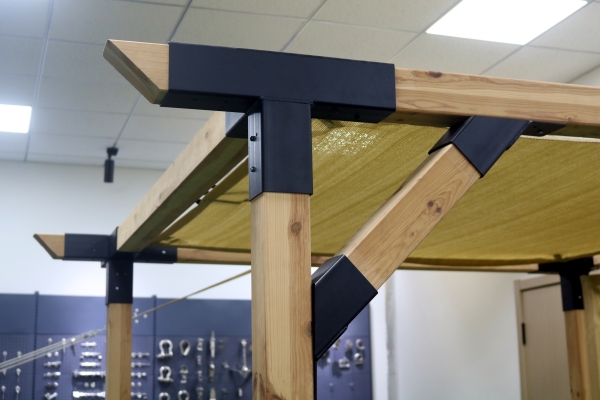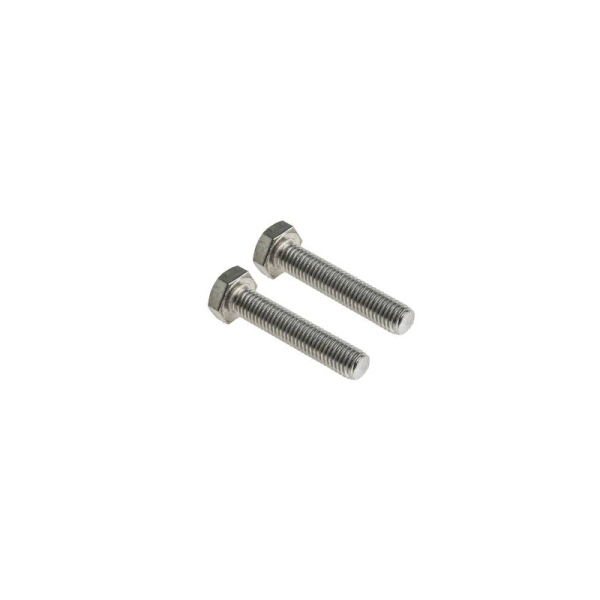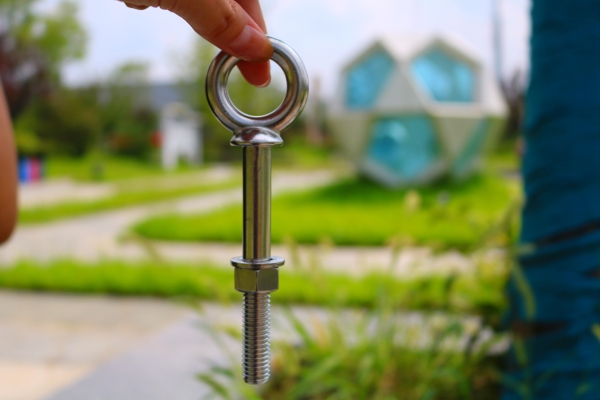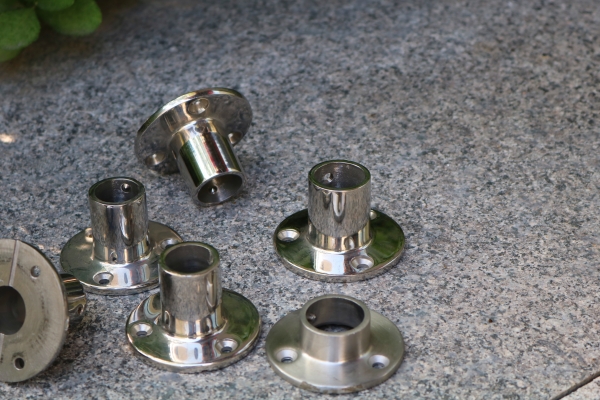Table of Contents
Benefits of Using Stainless Steel Fasteners in Construction Projects
Stainless steel fasteners are a crucial component in construction projects due to their numerous benefits and advantages. These fasteners are made from a combination of iron, carbon, and other elements such as chromium, nickel, and molybdenum. The addition of these elements gives stainless steel fasteners their unique properties, making them highly resistant to corrosion, rust, and staining. This makes them ideal for use in outdoor and marine environments where exposure to moisture and harsh weather conditions is common.
One of the key benefits of using stainless steel fasteners in construction projects is their exceptional durability. Stainless steel is known for its high tensile strength, which allows it to withstand heavy loads and high levels of stress without deforming or breaking. This makes stainless steel fasteners ideal for securing structural components and ensuring the stability and integrity of a building or structure.
In addition to their durability, stainless steel fasteners are also highly resistant to corrosion. The chromium content in stainless steel forms a protective oxide layer on the surface of the material, preventing rust and corrosion from forming. This makes stainless steel fasteners ideal for use in outdoor applications where exposure to moisture, humidity, and saltwater can cause other types of fasteners to deteriorate over time.

Furthermore, stainless steel fasteners are easy to maintain and require minimal upkeep. Unlike other types of fasteners that may need to be regularly inspected, cleaned, and replaced, stainless steel fasteners are virtually maintenance-free. This can help reduce maintenance costs and prolong the lifespan of a construction project, saving time and money in the long run.
Another advantage of using stainless steel fasteners in construction projects is their aesthetic appeal. Stainless steel has a sleek and modern appearance that can enhance the overall look of a building or structure. This makes stainless steel fasteners a popular choice for architectural applications where aesthetics are important, such as in high-end residential and commercial projects.
In addition to their durability, corrosion resistance, low maintenance requirements, and aesthetic appeal, stainless steel fasteners are also environmentally friendly. Stainless steel is a recyclable material that can be melted down and reused to create new products, reducing the need for raw materials and minimizing waste. This makes stainless steel fasteners a sustainable choice for construction projects that prioritize environmental responsibility.
Overall, the benefits of using stainless steel fasteners in construction projects are numerous and significant. From their exceptional durability and corrosion resistance to their low maintenance requirements and aesthetic appeal, stainless steel fasteners offer a wide range of advantages that make them an ideal choice for a variety of applications. Whether used in outdoor structures, marine environments, or architectural projects, stainless steel fasteners provide a reliable and long-lasting solution for securing structural components and ensuring the stability and integrity of a building or structure.
How to Properly Maintain and Care for Stainless Steel Fasteners
Stainless steel fasteners are widely used in various industries due to their durability, corrosion resistance, and strength. However, like any other material, stainless steel fasteners require proper maintenance and care to ensure their longevity and performance. In this comprehensive guide, we will discuss the best practices for maintaining and caring for stainless steel fasteners.
One of the most important aspects of maintaining stainless steel fasteners is regular cleaning. Stainless steel is known for its resistance to corrosion, but it can still accumulate dirt, grime, and other contaminants over time. To clean stainless steel fasteners, use a mild detergent or soap and warm water. Avoid using abrasive cleaners or scrubbing pads, as they can scratch the surface of the fasteners and compromise their corrosion resistance.
After cleaning the stainless steel fasteners, make sure to dry them thoroughly to prevent water spots and corrosion. Use a clean, soft cloth to wipe down the fasteners and remove any remaining moisture. If the fasteners are installed in a high-humidity environment, consider using a hairdryer or heat gun to ensure they are completely dry.
In addition to regular cleaning, it is important to inspect stainless steel fasteners periodically for signs of corrosion or damage. Check for rust spots, pitting, or discoloration on the surface of the fasteners. If any of these signs are present, it is important to address them promptly to prevent further corrosion and potential failure of the fasteners.
To protect stainless steel fasteners from corrosion, consider applying a protective coating or finish. There are various types of coatings available, including zinc plating, galvanizing, and epoxy coatings. These coatings can provide an additional layer of protection against corrosion and extend the lifespan of the fasteners.
When installing stainless steel fasteners, make sure to use the correct tools and techniques to prevent damage to the fasteners. Avoid over-tightening the fasteners, as this can cause stress and deformation of the material. Use a torque wrench to ensure that the fasteners are tightened to the proper specifications.
In outdoor or marine environments, stainless steel fasteners are exposed to harsh conditions that can accelerate corrosion. To protect the fasteners in these environments, consider using stainless steel fasteners with a higher grade or alloy, such as 316 stainless steel. This grade of stainless steel is more resistant to corrosion and is recommended for use in marine applications.
In conclusion, proper maintenance and care are essential for ensuring the longevity and performance of stainless steel fasteners. Regular cleaning, inspection, and protection against corrosion are key practices to keep stainless steel fasteners in optimal condition. By following these guidelines, you can extend the lifespan of your stainless steel fasteners and ensure their reliability in various applications.







